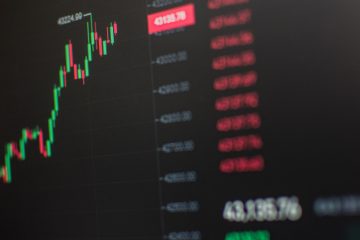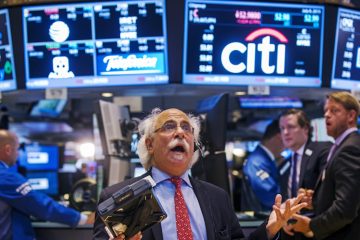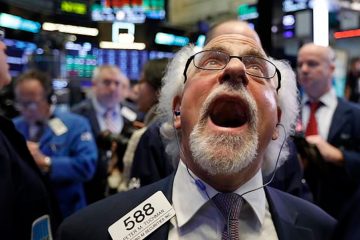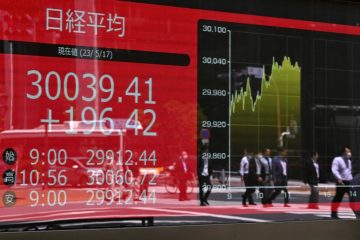Stock market apprehends higher yields
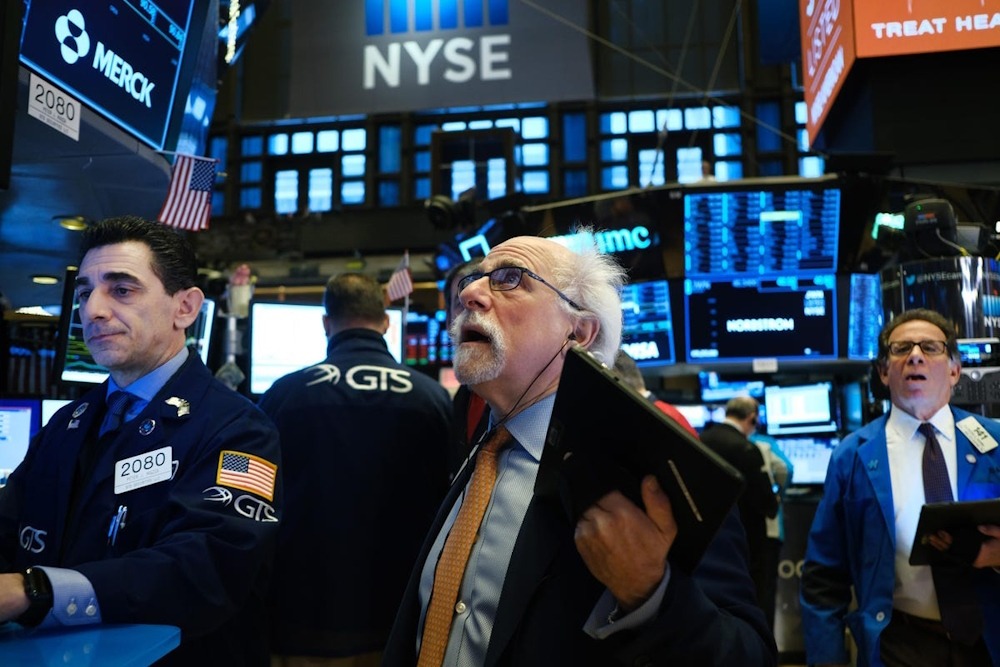
On Wednesday morning, the 10-year bond yield approached its peak from last April, eliciting a negative reaction from equities, particularly among smaller stocks.
It reflects a notable shift in investor sentiment observed over the past month. The perception has evolved from viewing elevated Treasury yields as merely an undesirable consequence of the robust growth anticipated under president-elect Donald Trump, to a growing concern that increased borrowing costs could prove to be significantly consequential. Should the apprehension prove accurate, prepare for a tumultuous journey in 2025.
The narrative truly begins with the fervor surrounding the lead-up to, and the immediate aftermath of, the election. Equities and bond yields surged, as market participants looked forward to a plethora of favorable developments from a prospective Trump administration: deregulation and tax reductions aimed at stimulating growth, alongside tariffs intended to secure concessions from foreign nations. The rise in bond yields appeared inconsequential amidst a plethora of optimistic prospects.
Reality set in within a matter of weeks. Trump’s policies may not solely yield positive outcomes, as his proposed deportations and the imposition of permanent tariffs—rather than negotiable ones—could dampen growth while exacerbating inflationary pressures.
The situation is equally concerning, as the likelihood increases that the economy may struggle to handle a significant portion of the favorable developments. When economic expansion outpaces sustainable levels, the inevitable outcome is either inflation, elevated interest rates, or a combination of both. Bond yields increased in expectation.
By Christmas, smaller stocks and the equal-weighted version of the S&P 500—which assigns equal importance to smaller firms as to the dominant Big Tech stocks in the conventional index—had both fallen below pre-election levels. In the interim, Treasury yields surged, approaching the 4.7% mark reached earlier this week.
The central inquiry: Did equities decline due to elevated bond yields, or was it simply the rapid increase in those yields over a brief period that triggered the downturn? Should yields be the primary concern, equity markets face a significant challenge. The current pace of change suggests that the decline in stock prices is simply a temporary adjustment, allowing investors the opportunity to endure the fluctuations.
The current struggles in the stock market can be attributed to the underlying signals emanating from the bond market, rather than the pace of fluctuations. However, it is indeed challenging to distinguish between these elements.
The essential point is that we are nearing the boundaries of growth. When the economy operates at excessive capacity, rather than enhancing overall welfare, it simply leads to inflationary pressures, prompting the Federal Reserve to intervene by raising interest rates to restore balance. It is important to clarify that we have not yet reached that point: Futures traders continue to anticipate that a single interest rate cut by the Federal Reserve this year remains the most probable scenario. However, the prevailing sentiment now suggests a mere 16% probability of exceeding two cuts, a stark contrast to early December when such an outcome was deemed more probable than not. A growing number of fund managers foresee no interest rate reductions in the current year.
The situation for stocks is further exacerbated by a supply issue. Should the Trump Treasury pivot from Treasury Secretary Janet Yellen’s emphasis on short-term borrowing, it will necessitate the issuance of additional bonds, irrespective of whether the deficit increases. Corporations have been engaging in substantial borrowing as they seek to refinance debt incurred during the pandemic.
Increased yields resulting from robust economic growth typically bode well for equities, as such growth translates into enhanced profitability. However, elevated yields without corresponding growth merely signify distress.
Iain Stealey, the international CIO for fixed income at J.P. Morgan Asset Management, remarked that bonds are beginning to appear appealing due to their yield and their defensive attributes during economic downturns. This occurs in the context of inflation proving more persistent than anticipated, alongside potential inflationary measures from the incoming administration. However, he has not yet accumulated a significant position in bonds. Yields may continue to increase. “The prevailing sentiment suggests an inclination towards elevated yields in the short term,” he remarked.
Should yields continue to ascend, equities may experience a significant decline, reminiscent of the sharp drop observed when yields surged toward 5% in October 2023. “When does it begin to exert pressure?” inquired Guy Miller, chief market strategist at Zurich Insurance Group. “I believe it may be somewhat elevated compared to our current position, potentially an additional 50 basis points on 10-year yields.”
Investors concerned about elevated valuations and the influx of capital into popular stocks may find it prudent to consider purchasing bonds at this juncture. Indeed, elevated near-term yields would result in prompt losses. Christian Mueller-Glissmann, head of asset allocation research at Goldman Sachs, notes that the price losses incurred from an increase to a 5% yield on a bond purchased today would be offset by less than six months of income generated from those bonds.
Investors committed to equities will be hoping for a decline in yields once more.



